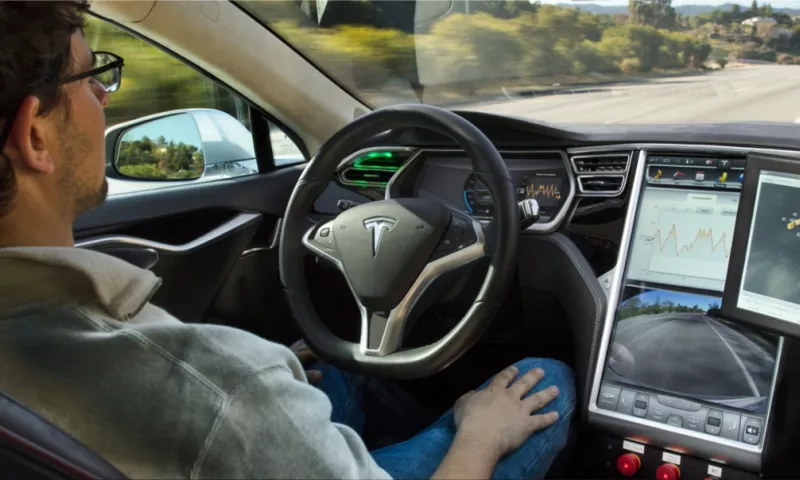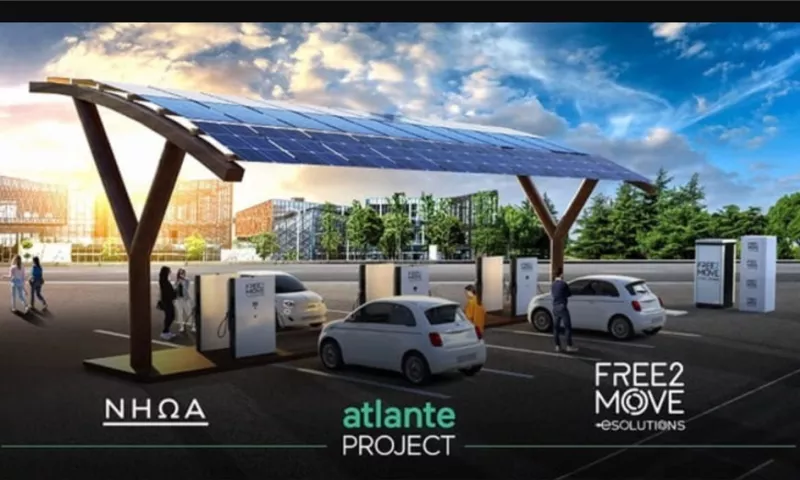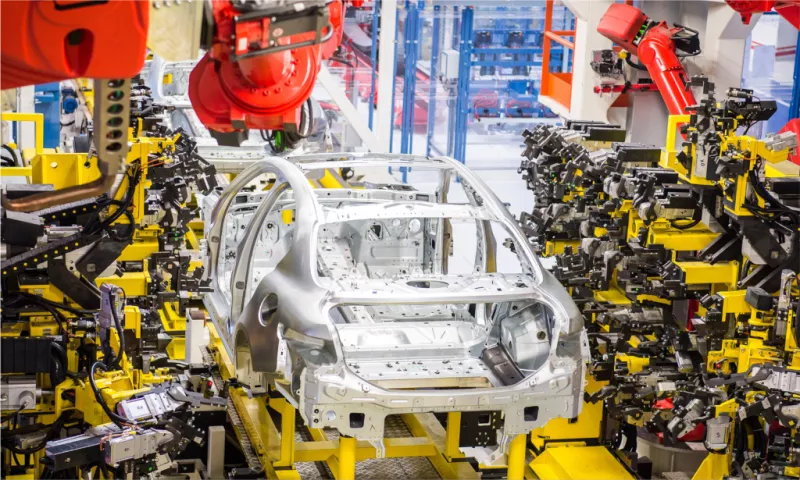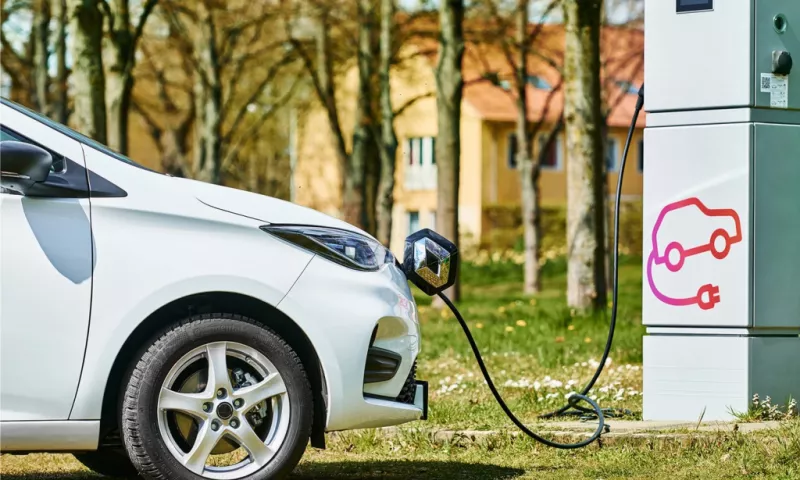The development of autonomous vehicle technology, which enables cars to operate without human intervention, has attracted significant attention and funding in recent years. Self-driving vehicles have the potential to transform the transportation industry and bring about various benefits, including higher safety, less traffic congestion, and more mobility for the disabled and elderly. However, self-driving car development is currently a dynamic and intricate world.
Several firms are now leading the charge in developing self-driving car technology. These include traditional manufacturers like Ford (see 2023 Ford Mustang Mach-E), Stellantis (see Stellantis is accelerating its progress towards autonomous driving) and General Motors and tech giants like Google and Tesla. These businesses are devoting significant resources to R&D to meet the growing demand for completely autonomous vehicles.
The intricacy of the technology is a significant barrier to the advancement of autonomous vehicles. Sensors, cameras, and computer software help autonomous cars navigate and make judgments. These components must be able to understand and react to their surroundings in real-time reliably. Vehicles must also be resilient in various environments, including city streets, interstate traffic, and bad weather.
Concerns over security present another problematic obstacle. Autonomous vehicles must be considered safe to match or exceed human drivers' capabilities in various driving conditions. Complex algorithms and decision-making systems that can adapt to novel situations must be created to accomplish this.
In spite of these obstacles, there has been substantial growth in self-driving automobile technology in recent years. Several manufacturers have given convincing presentations of their autonomous car technology in laboratory settings, and a growing number of jurisdictions have begun to permit testing on public roads. Furthermore, several manufacturers are presently providing production vehicles with semi-autonomous driving capabilities like motorway aid and automated braking.
Full autonomy, however, has yet to be available to the general population. The highest level of autonomy, known as level 4, still has limitations and needs for human intervention from time to time. The businesses developing the technology still have to overcome several obstacles, including those related to the vehicle's adaptability to unforeseen circumstances, the effects of weather, and the moral dilemmas that may arise while driving decisions.
Creating a fully autonomous vehicle is a challenging and quickly developing research subject. While there has been substantial progress in this area in recent years, there are still numerous obstacles to address before entirely autonomous vehicles can be made available to the public. Self-driving cars may seem like a risky investment, but their potential benefits—such as reduced traffic congestion and increased safety—make them worthwhile.
The possible social and economic effects of self-driving automobile technology need to be considered as development grows. Enhancing road safety is a potential effect that could have far-reaching consequences. The majority of collisions (94% in total) include some form of human mistake, says the National Highway Traffic Safety Administration. The number of preventable car accidents caused by human errors may be drastically reduced if self-driving cars are widely deployed.



















